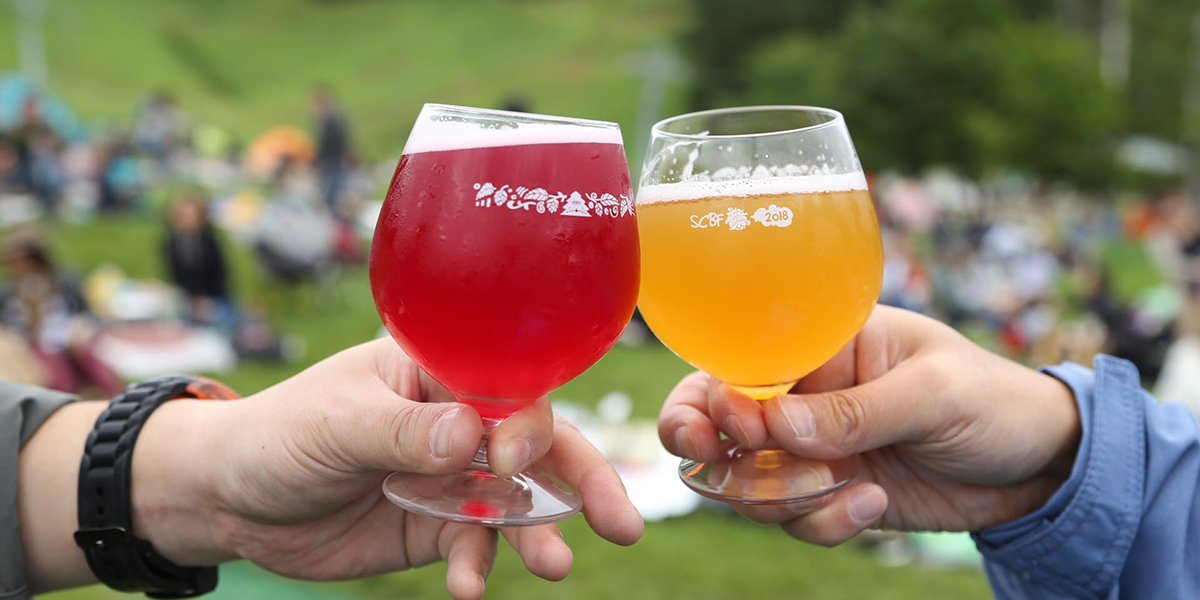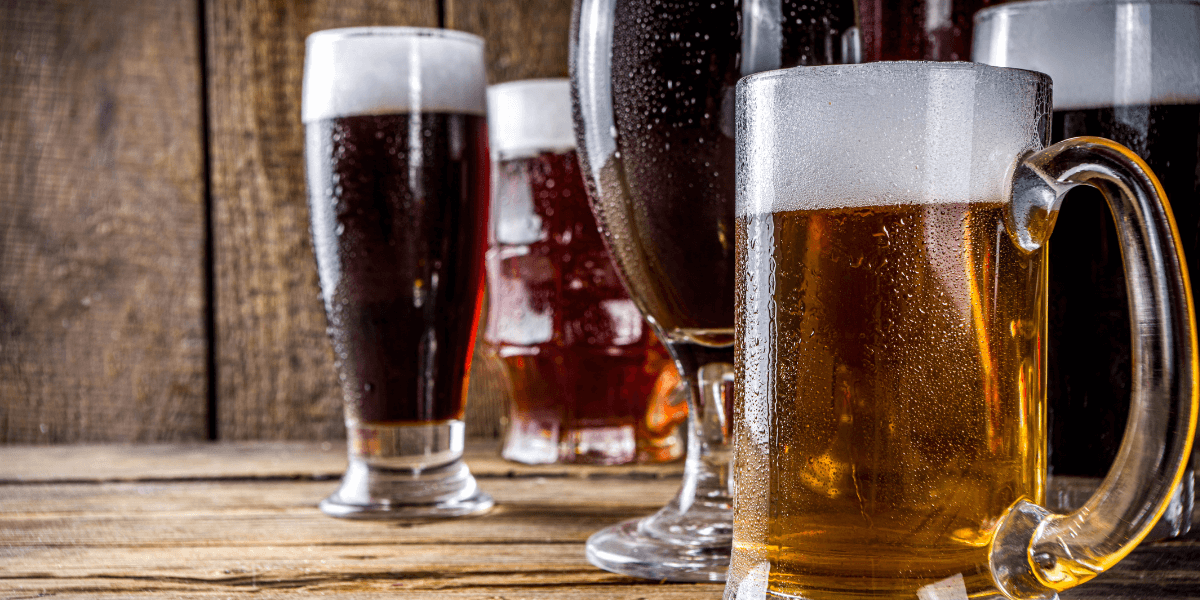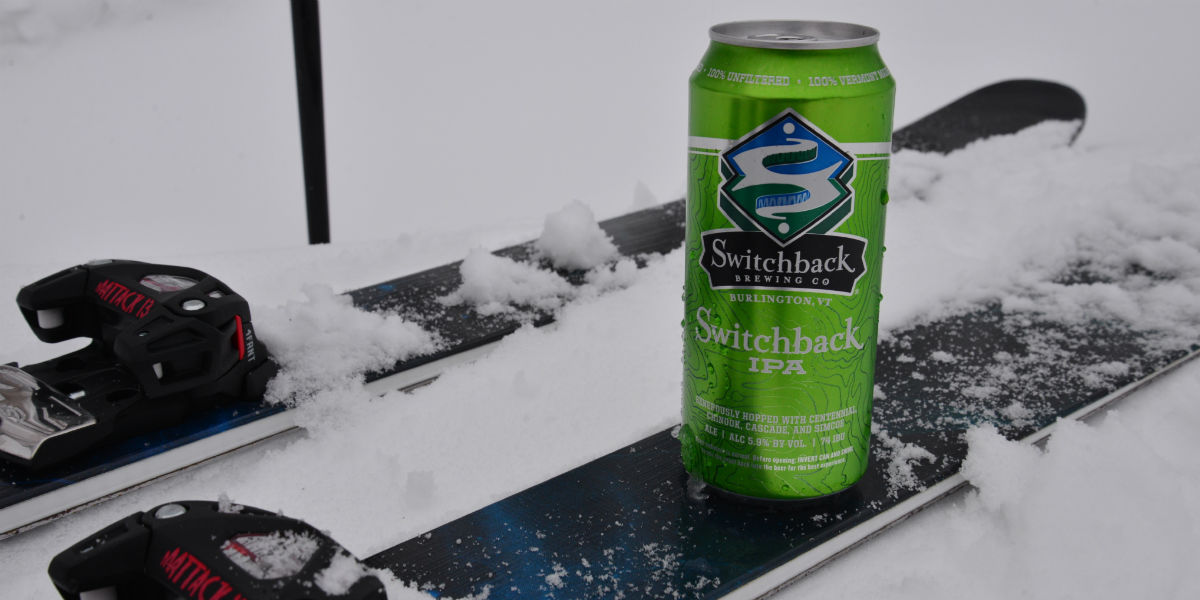
When I first started brewing, I was immediately drawn to the hazy, juicy beers that had taken the craft beer scene by storm. One of my favorites quickly became the Double Dry Hopped New England IPA, often known as DDH NEIPA. These beers are a treat for hop lovers like myself, bursting with tropical fruit flavors and aromas, while maintaining a soft, smooth mouthfeel. In this article, I’ll share my approach to brewing the perfect DDH NEIPA, from the ingredients I use to the techniques that make this beer truly stand out.
What Exactly is a DDH NEIPA?
Before diving into the recipe, it’s important to understand what makes a DDH NEIPA so special. DDH stands for double dry hopping, which means the hops are added at two different points during the fermentation process. First, hops are introduced during the primary fermentation (also called the primary dry hop). After fermentation slows down, a second round of hops is added in the secondary fermenter (secondary dry hop). This double dry hopping process enhances the hop aroma and flavor while keeping bitterness low—one of the key characteristics of the New England IPA style.
A DDH NEIPA is also known for its hazy, cloudy appearance. This haze is not only a visual element but also contributes to the beer’s mouthfeel, giving it a soft, full-bodied texture. By using specific grains, yeast, and hops, the resulting beer offers a tropical fruit explosion, often with notes of mango, pineapple, and citrus, along with a smooth, creamy mouthfeel. It’s no wonder why this style has become a favorite among craft beer fans.
The Ingredients: Building the Perfect DDH NEIPA Recipe
One of the most enjoyable parts of brewing a DDH NEIPA is selecting the ingredients. Each element plays a crucial role in achieving the final flavor profile and mouthfeel. I’ve found that the right combination of malts, hops, and yeast is key to brewing the perfect DDH NEIPA.
Malt Bill for a DDH NEIPA
When it comes to the malt bill, a DDH NEIPA requires a grain bill that supports a hazy appearance and a juicy mouthfeel. I typically use a mix of pale malt, wheat malt, and flaked oats. The pale malt provides the base for the beer, offering fermentable sugars that turn into alcohol. It also contributes to a clean, light flavor that allows the hops to shine.
Wheat malt adds some haze stability and enhances the beer’s body. It gives the NEIPA a slightly bready flavor that rounds out the beer’s overall profile. However, the key ingredient for achieving that silky mouthfeel and haze is flaked oats. Flaked oats are full of beta-glucans, which help create a smooth, creamy texture and promote haze stability. By combining these malts, you create a beer that’s not only hazy but also rich and smooth.
Choosing the Right Hops
When brewing a DDH NEIPA, the hops are the stars of the show. The double dry hopping technique helps highlight the aromatic oils in hops, which is why selecting the right hop varieties is essential. I prefer to use a mix of tropical and citrus-forward hops for a bold, fruity character.
One of my favorite hops to use is Citra. This hop variety is known for its tropical fruit flavors, such as lime, grapefruit, and passionfruit, which really shine through in a DDH NEIPA. I also love using Mosaic hops, which bring a complex mix of tropical fruit, pine, and earthy aromas, balancing the sweetness from the malt. Finally, Simcoe hops provide a citrusy, piney character with a hint of dankness that adds depth to the flavor profile.
For the double dry hopping process, I typically add the first round of hops during primary fermentation, usually about 3-4 days in, when fermentation activity slows down. This first dry hop helps the hops infuse into the beer without overwhelming it with bitterness. The second round of hops is added in the secondary fermenter, where they provide that final burst of hop aroma and flavor.
Yeast Selection for a DDH NEIPA
When it comes to yeast, I choose a strain that complements the fruity and hazy qualities of a DDH NEIPA. A good yeast strain will enhance the beer’s tropical fruit aroma while maintaining a clean fermentation profile. I’ve found that Wyeast 1318 London Ale III and Imperial Yeast A38 Juice work particularly well for this style. These yeast strains produce fruity esters that help enhance the hop character and contribute to the beer’s smooth, hazy texture.
Brewing a DDH NEIPA: A Step-by-Step Guide
Brewing a DDH NEIPA is a rewarding experience, and while it may seem complex, with the right approach, anyone can brew this fantastic beer. Below is a step-by-step guide to brewing your own DDH NEIPA.
Step 1: Mash the Grains
Start by heating your strike water to your target mash temperature, which is typically around 152°F (67°C). Once the water is at the right temperature, add your grain bill, including pale malt, wheat malt, and flaked oats. Mash the grains for about 60 minutes, maintaining a consistent temperature throughout. This step is crucial as it converts the starches in the grains into fermentable sugars.
Step 2: Boil and Hop Additions
After mashing, bring the wort to a boil and add your hops. For a DDH NEIPA, the goal is to avoid too much bitterness. I typically add just a small amount of bittering hops at the beginning of the boil, with the majority of the hop additions saved for the dry hopping stages. Boil the wort for around 60 minutes, adding hops at various times for flavor and aroma.
Step 3: Cool and Ferment
Once the boil is complete, it’s time to cool the wort down as quickly as possible. I use a wort chiller to bring the temperature to around 65°F (18°C). Once cooled, transfer the wort to your fermenter and pitch the yeast. Ferment at around 65-68°F (18-20°C) for the duration of primary fermentation, which usually takes about 7-10 days.
Step 4: Primary Dry Hop
Once fermentation has slowed down, it’s time to add the first round of dry hops. I typically use 1-2 ounces of hops per gallon of beer for this first addition. Add the hops directly into the fermenter and let them sit for 3-5 days, allowing the hops to infuse their aroma and flavor into the beer.
Step 5: Secondary Dry Hop
After primary fermentation is complete, transfer the beer to a secondary fermenter and add the second round of dry hops. Again, I use 1-2 ounces of hops per gallon. Let the beer sit in the secondary fermenter for 3-5 days to allow the hops to fully infuse their flavors.
Step 6: Packaging
Once your beer has completed the dry hopping process, it’s time to package. Whether you’re bottling or kegging, make sure to transfer the beer gently to avoid disturbing the hops and creating unwanted sediment. Carbonate the beer to your desired level and store it in a cool place to condition. While DDH NEIPAs are best enjoyed fresh, they will continue to evolve in flavor over time.
Final Thoughts on Brewing a DDH NEIPA
Brewing a DDH NEIPA is an exciting way to explore the hop-forward, juicy side of craft beer. By following the steps outlined above and selecting the right ingredients, you can create a beer that is full of vibrant hop aroma, balanced sweetness, and a smooth, creamy texture. The double dry hopping technique elevates the hop character to new heights, making this beer an instant favorite for hop lovers.
So, if you’re ready to brew a DDH NEIPA, gather your ingredients, get your brewing equipment ready, and enjoy the process of crafting a deliciously hazy and aromatic beer that’s sure to impress your friends and fellow beer enthusiasts.




